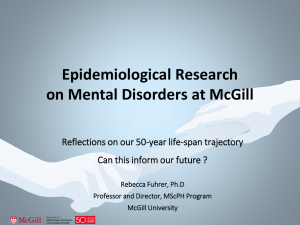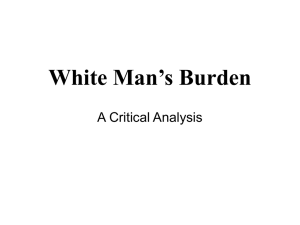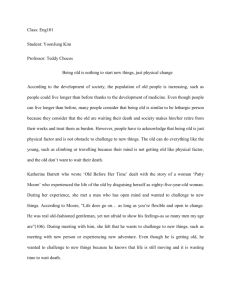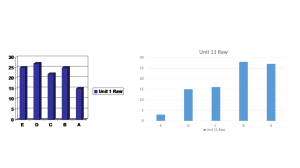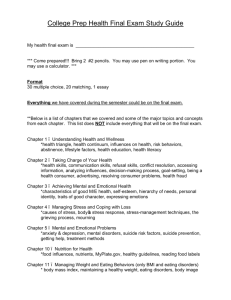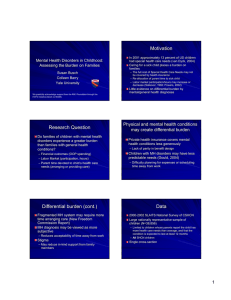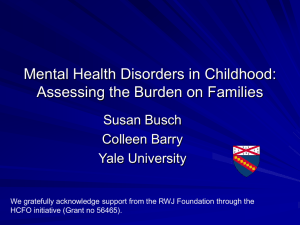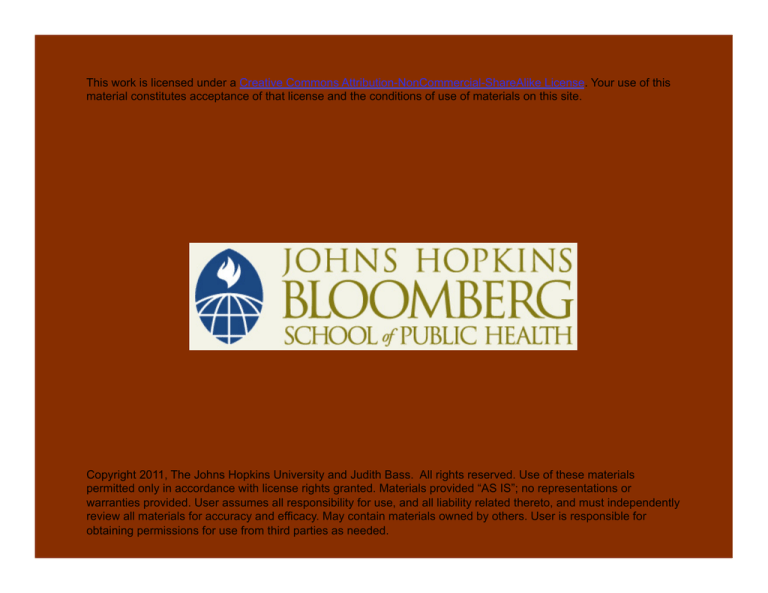
This work is licensed under a Creative Commons Attribution-NonCommercial-ShareAlike License. Your use of this
material constitutes acceptance of that license and the conditions of use of materials on this site.
Copyright 2011, The Johns Hopkins University and Judith Bass. All rights reserved. Use of these materials
permitted only in accordance with license rights granted. Materials provided “AS IS”; no representations or
warranties provided. User assumes all responsibility for use, and all liability related thereto, and must independently
review all materials for accuracy and efficacy. May contain materials owned by others. User is responsible for
obtaining permissions for use from third parties as needed.
Section B
Introduction to Field of Global Mental Health
Why Study Mental Health?
Prevalence of problems
Impact
- Multiple domains of life
- More than just the individual
Linked with general health and economic development
Often overlooked
3
Burden of Mental Illness
“Major depression is the leading cause of disability globally and
ranks fourth in the ten leading causes of the global burden of
disease”
WHO’s World Health Report 2001: Mental Health—New
Understanding, New Hope
4
Burden of Disease
Burden
- Disability-adjusted life year (DALY)
Premature death
Disability
Non-fatal health outcomes
- 1 DALY = 1 lost year of “healthy” life
- Health gap measure
Current health status vs. ideal
5
Global Burden of Disease Study (I)
Both sexes, all ages
1. Lower respiratory
infections
2. Perinatal conditions
3. HIV/AIDS
4. Unipolar depressive
disorders
5. Diarrheal diseases
...
17. Self-inflicted injuries
18. Alcohol use disorders
Both sexes, 15-44 years
1. HIV/AIDS
2. Unipolar depressive
disorders
3. Road traffic accidents
4. Tuberculosis
5. Alcohol use disorders
6. Self-inflicted injuries
7. Iron-deficiency anemia
8. Schizophrenia
9. Bipolar affective disorder
10. Violence
6
Global Burden of Disease Study (II)
Male, 15–44 years
1. HIV/AIDS
2. Road traffic accidents
3. Unipolar depressive
disorders
4. Alcohol use disorder
5. Tuberculosis
6. Violence
7. Self-inflicted injuries
8. Schizophrenia
9. Bipolar affective disorder
Female, 15–44 years
1. HIV/AIDS
2. Unipolar depressive
disorders
3. Tuberculosis
4. Iron-deficiency anemia
5. Schizophrenia
6. Obstructed labor
7. Bipolar affective disorder
8. Abortion
9. Self-inflicted injuries
7
Why Study Developing Countries
Developing regions account for 88.4% of worldwide burden
associated with all-cause death and disability
- Sub-Saharan Africa: 21.4%
- India: 20.9%
However, developing regions account for 9.8% of worldwide health
expenditures
8



